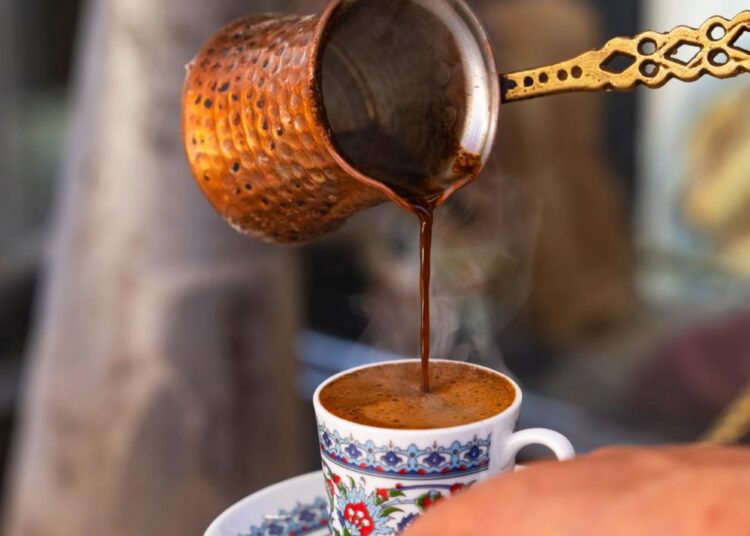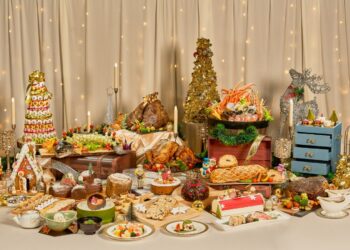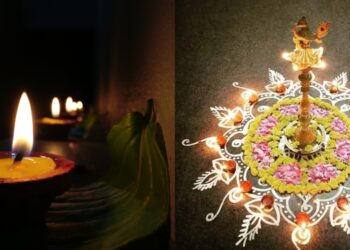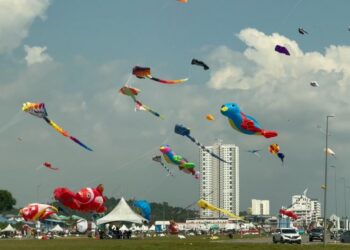Hello to all of our Malayali friends out there! We understand that it is a pandemic, and that celebrating Onam can be difficult at this time, but we would like to remind everyone to brace themselves because we will get through this together.
However, let us not forget that this festive day will still take place regardless, so let us enlighten ourselves with our fellow Malayalis’ 10 days celebration.
Onam is an annual harvest festival celebrated in the southern Indian state of Kerala on the day of Thiruvonam nakshatram (Shravana asterism) in the month of Chingam. The 10-day festival, which commemorates the annual return of King Mahabali as well as the Vaman avatar of Lord Vishnu, will begin on August 12 this year.
 However, the actual festival, which is widely celebrated in Kerala, will begin on August 21 with Thiruvonam. The third and final day of Onam will be August 22 and August 23.
However, the actual festival, which is widely celebrated in Kerala, will begin on August 21 with Thiruvonam. The third and final day of Onam will be August 22 and August 23.
There are several legends, but the most well-known is the return of Mahabali. Another legend is the Parashuram legend.
The Festival of Onam
Each of the ten days celebrated during Onam has its own significance and importance. The following is a list of all ten days of the Onam festival:
Atham (First day)
Malayalis decorate their homes with yellow flowers and hold Pookalam to commemorate King Mahabali’s arrival (flower rangoli). With each passing day, a new layer is added.
Chithira (Second day)
The second day is typically spent deep cleaning homes and ensuring that everything is clean and neat. In Pookalam, they also add another layer of flowers. This is an excellent day to buy fresh vegetables, fruits, and other provisions.
Chodi (Third day)
On day three, people go out and buy gold, clothes, and gifts to commemorate Onam. They exchange new clothes, also known as Onakodi.
Vishakam (Forth day)
Onam Sadhya begins on this fourth day. Families begin Sadhya preparations. The number of dishes varies from family to family, but most families prepare 26 delicacies.
Anizham (Fifth day)
On the fifth day, the Aranmula Uthrattathi Vallamkali, also known as the snake boat, begins. This is Kerala’s oldest river boat festival. This is the start of the Vallamkali, or snake boat race.
Thriketa (Sixth day)
As Onam begins in full swing, office workers, schoolchildren, and college students leave. With each passing day, the Pookalam grows larger. The sixth day of Onam has arrived.
Moolam (Seventh day)
This is the seventh day of the Onam festival. Families and relatives begin to visit each other, and temples begin to serve Sadhyas. People will also become more interested in traditional art forms such as Kaikottikali and Puli Kali (leopard masquerade dance).
Pooradam (Eight day)
On the eighth day, statues of Mahabali and Vamana are carried around the house and placed in Pookalam’s centre.
Uthradom (Ninth day)
It is widely assumed that King Mahabali arrives in the state on the ninth day. As a result, the festivities and merriment begin. Because this is the most auspicious day, people begin purchasing fresh vegetables and preparing traditional meals.
Thiruvonam (Tenth day)
People clean their houses, apply rice flour batter to the main entrance, dress up in traditional attire, saree and veshti (dhoti), and enjoy the Sadhya feast on the 10th day. People gather to play games, do activities, celebrate, and dance.
 Sadhya – The Traditional Feast
Sadhya – The Traditional Feast
Sadhya consists of over 26 dishes. Avial (vegetables in coconut curry), Kalan (sweet potato and yam in coconut curry), Chor (rice), and the all-time favourite dessert Paruppu Payasam are all included (kheer). Sadhya also includes pickles, dry curries, pappadam (papad), poovan pazham (small bananas), and a variety of other dishes.
Onakalikal, or traditional dance, music, and games, are also part of the celebration. All of this is done to demonstrate to King Mahabali that his subjects are prosperous and happy. On that note, we’d like to wish all of our Malaysian Malayali friends a very Happy Onam!
source: India.com
Follow us on Instagram, Facebook or Telegram for more updates and breaking news.


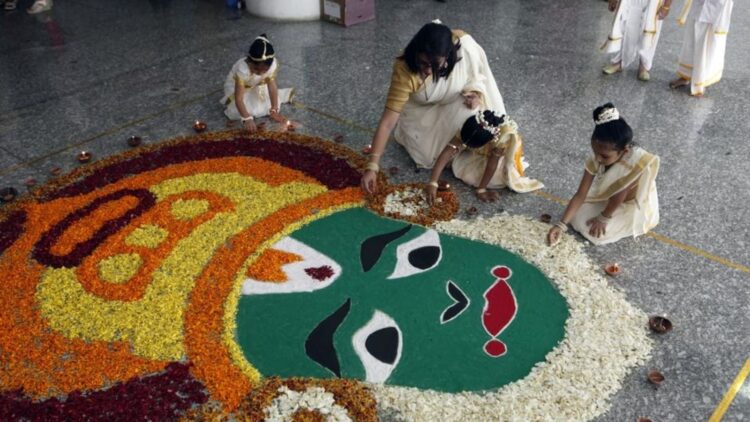
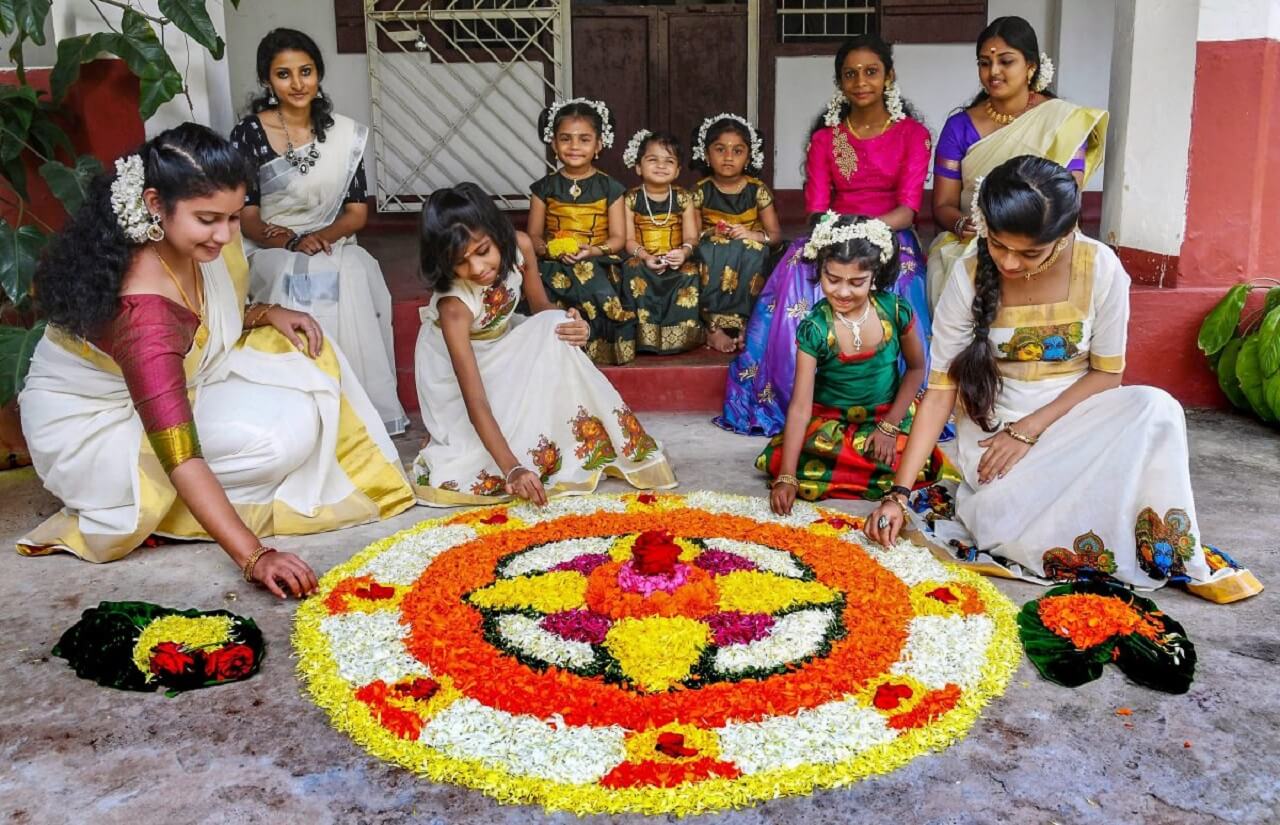 However, the actual festival, which is widely celebrated in Kerala, will begin on August 21 with Thiruvonam. The third and final day of Onam will be August 22 and August 23.
However, the actual festival, which is widely celebrated in Kerala, will begin on August 21 with Thiruvonam. The third and final day of Onam will be August 22 and August 23. 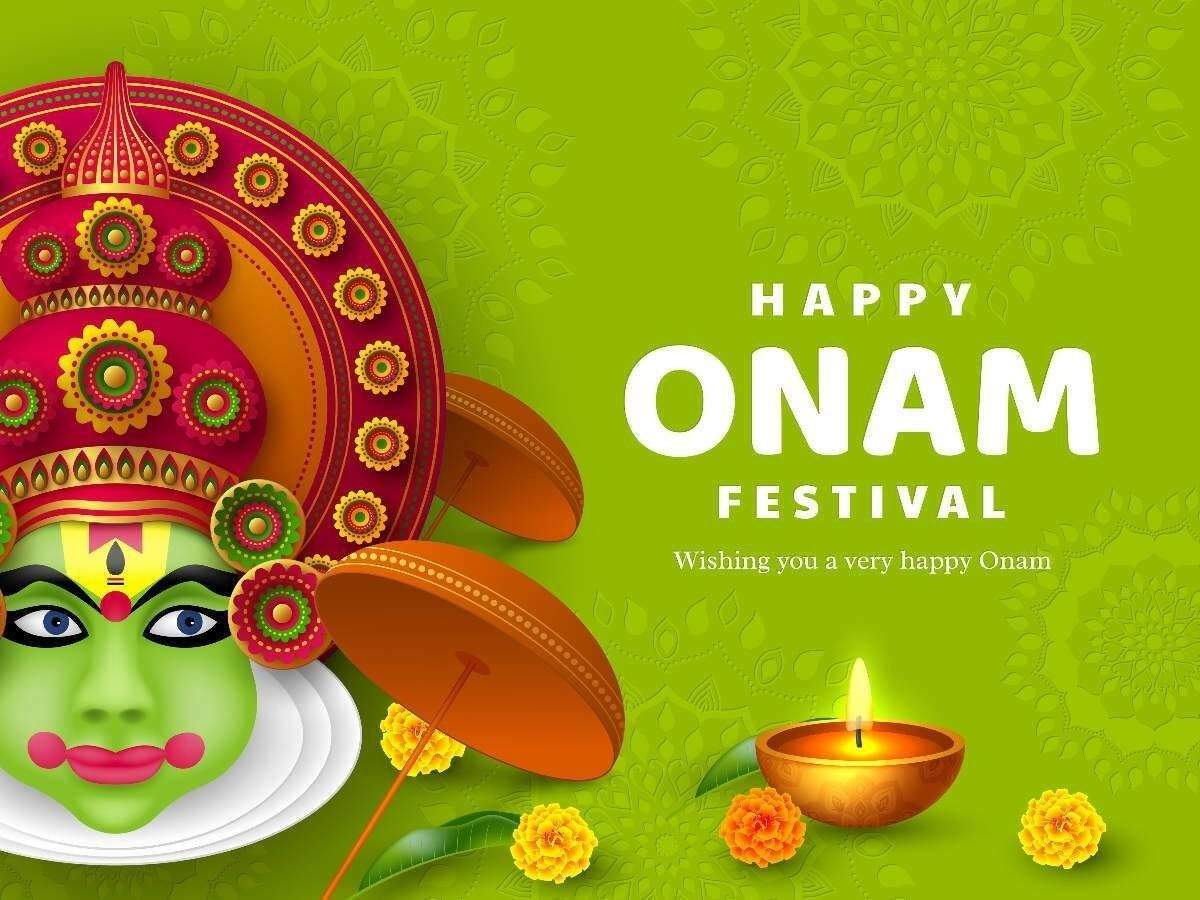 Sadhya – The Traditional Feast
Sadhya – The Traditional Feast